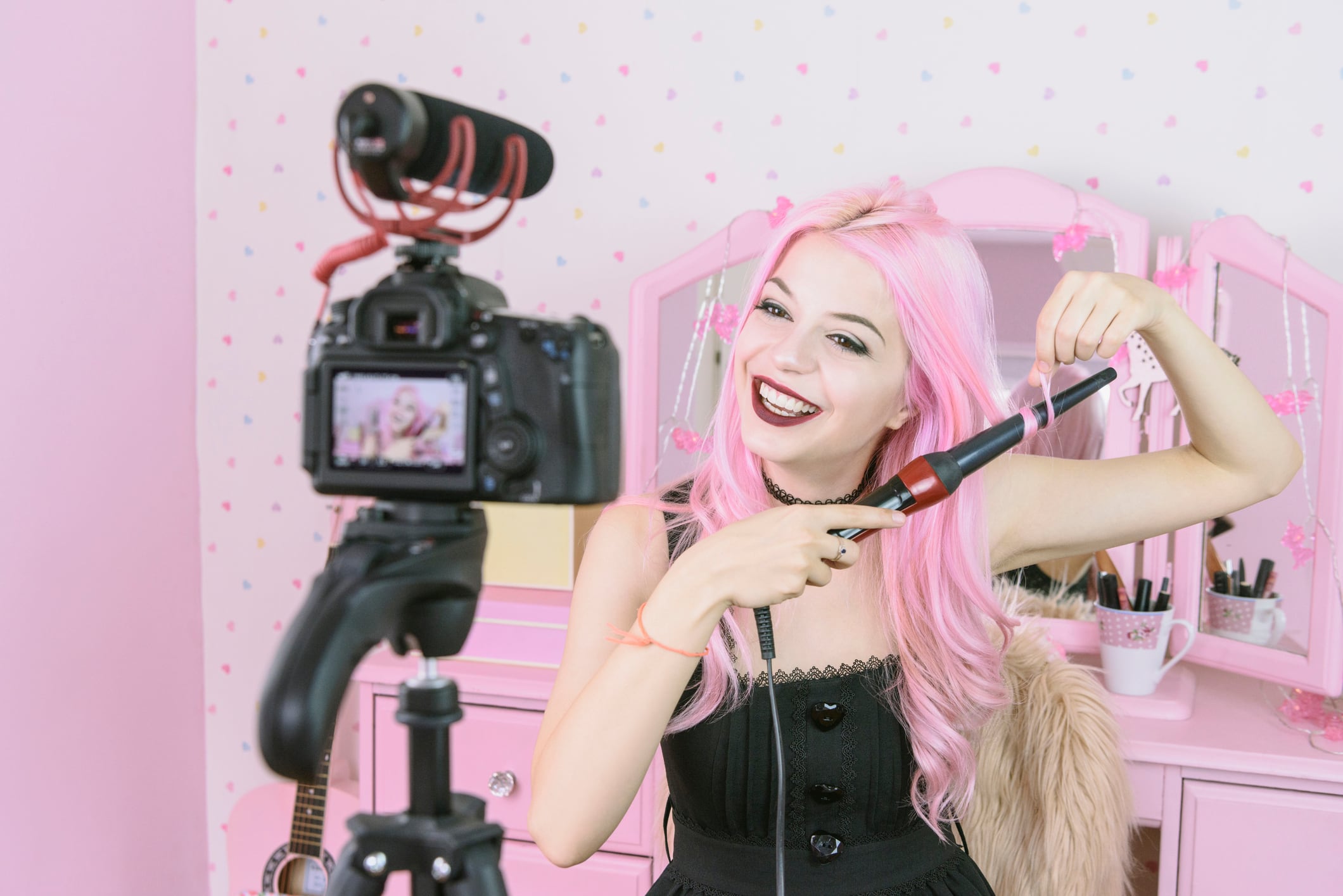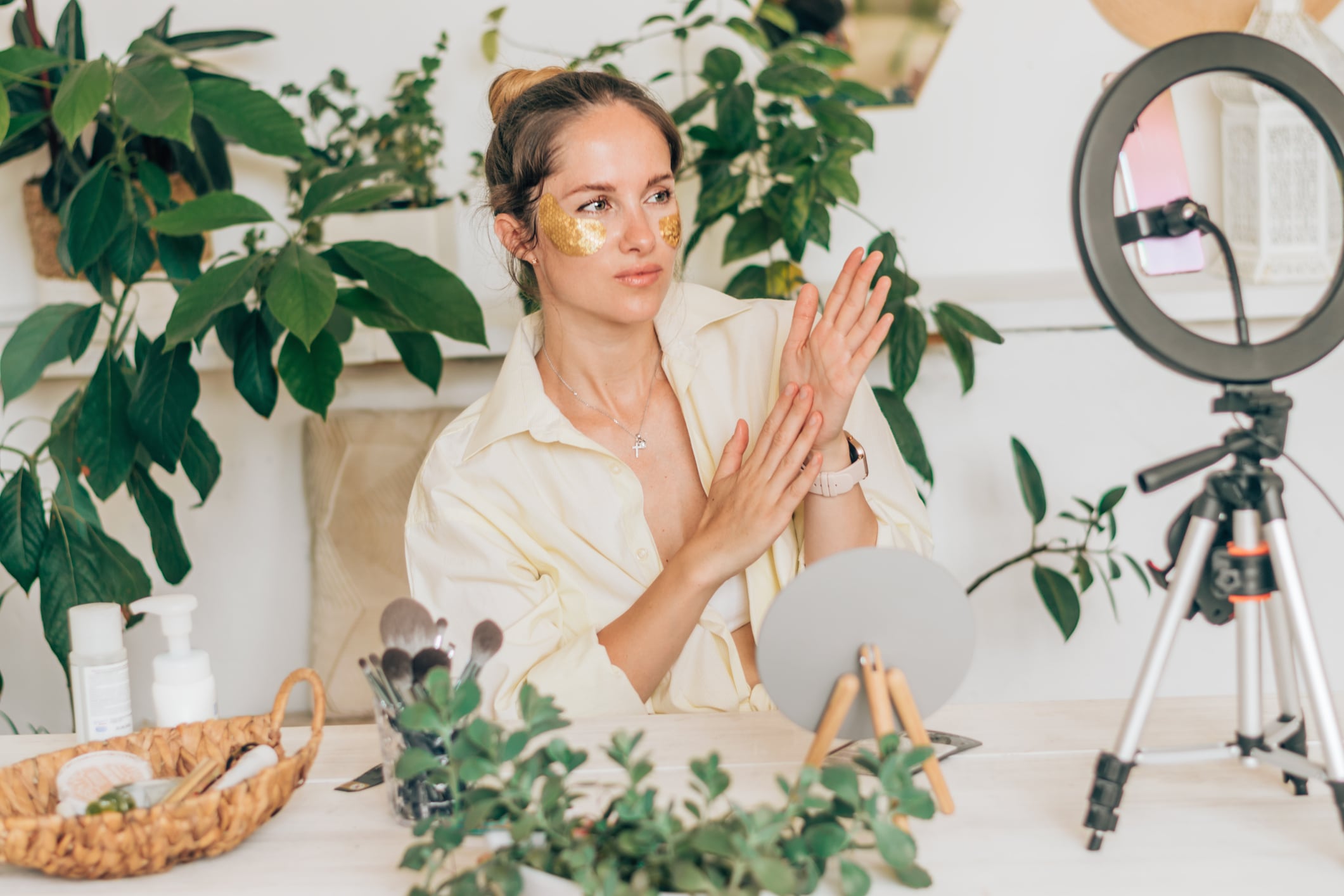Key takeaways
- Sephora launches My Sephora, a new affiliate platform for beauty content creators.
- Influencers can now curate shoppable storefronts directly on Sephora.com.
- The move positions Sephora to compete with Amazon, LTK, ShopMy, and others.
- Experts warn of increased fragmentation and decision fatigue for creators.
- Success depends on creator adoption, commission rates, and platform support.
Last week, LVMH’s retail brand Sephora unveiled My Sephora, a new affiliate platform designed for beauty content creators.
My Sephora: a new era of creator commerce
My Sephora initiative taps into the booming social commerce trend, led by platforms like TikTok Shop. Influencers will be able to curate shoppable storefronts directly on Sephora.com, offering a seamless and integrated experience for both creators and consumers.
This strategic move positions Sephora to compete with affiliate giants such as Amazon, Best Buy, LTK, and ShopMy.
Opportunities and challenges for beauty influencers
According to Corinne Travis, Director of Marketing & Creator Growth at affiliate commerce platform BrandCycle, Sephora’s new storefronts offer strong benefits for the brand, but may present challenges for the broader creator community.
“Sephora gains the most from this powerful move, which keeps customers within its ecosystem while leveraging influencer trust,” said Travis. “It allows for deeper visibility into creator-led sales, stronger loyalty, and reduced reliance on third-party platforms.”
For creators who already earn significantly through Sephora, Travis sees this as a valuable co-branding opportunity.
“It streamlines sharing and shopping, and greater sales visibility could unlock more partnerships and earning potential,” she explained. “If commission rates are higher than third-party platforms, as they should be, the economic upside is strong.”
Industry impact: fragmentation or innovation?
However, Travis cautioned that for many creators, the addition of yet another storefront could lead to fragmentation and decision fatigue.
“Creators are already juggling 3–5 storefronts across platforms like LTK, ShopMy, BrandCycle, and retailer-owned storefronts like Amazon and Walmart,” she said. “Adding Sephora to the mix increases complexity when creators crave simplicity. The risk is a fractured strategy and diluted calls-to-action.”
Travis emphasised that creators should only invest in storefronts that align with their audience’s shopping habits, especially as traffic sources and algorithms continue to shift.
While the move is likely to benefit Sephora, creator adoption remains a key challenge. Success will depend on more than just competitive commission rates.
“To compete with platforms like LTK and ShopMy, Sephora must offer exclusive opportunities, insights, support, and a seamless experience from day one,” said Travis.

She also warned of long-term risks for creators, including lost traffic and weakened audience relationships.
“Without strong contextual content, storefronts risk making the creator-consumer relationship feel transactional, eroding trust and influence over time.”
From an industry perspective, Travis noted that the move could reverse progress made by affiliate platforms in centralising tools and reporting.
“Platforms like BrandCycle and ShopMy were built to simplify the creator experience. By creating a walled garden, Sephora risks re-fragmenting the ecosystem that creators, brands, and shoppers have come to rely on.”





